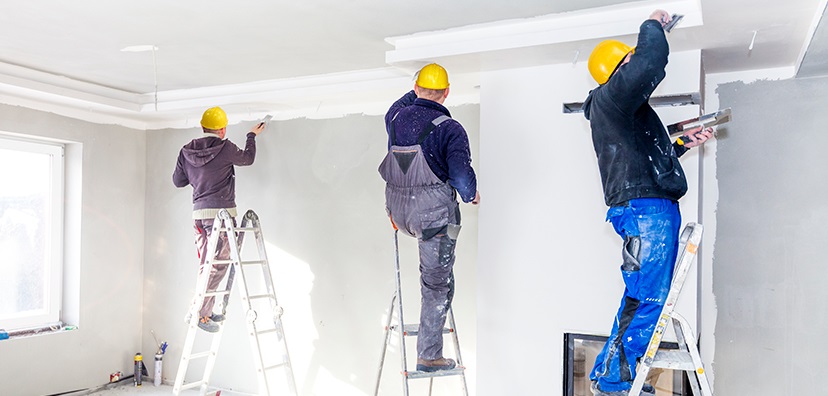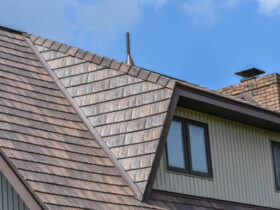Compared to plasters, drywalls are cheap, and the process of installation is easy. Drywall sandwiches are a layer of gypsum, which is a mineral used in building materials, in between heavy paper layers. In walls and ceilings, these are mostly used instead of plaster.
For installing drywall, basically, there are two basic steps. The first one is that the drywall worker fastens the panels of drywall with the inside framework of the building. The second step is that they then do finishing work and smoothens the joints. There are drywall contractors who are specialized in cutting and then installing the panels. Also, some people are specialized in the finishing work of the joints. But, drywall workers do both types of works mostly.
The important thing to remember: In low density population areas, enough work might not be there for drywall contractors as a full-timer, and in those remote places mostly the carpenters and painters handle such kind of work.
If you still want to work as Drywall contractor, you should reply this first to yourself:
- Are you ready to stand of the days on your feet most of the day?
- Do you read blueprints?
- Are you comfortable using power and hand tools?
- Can you still studs?
- You should be comfortable to cut openings for windows, electrical outlets, and other fixtures into the drywall.
- Can you screw, nail or glue wall board panels to metal or wooden framework?
- Can you fill up the joint between panels?
- Be ready paper tapes in the joints to hide imperfections and reinforce into the drywall.
- You also have to sand the joints and make the surface smooth.
You should also remember that at bad weather, the work of the drywall contractors get low, so the economy for drywall contractor will get low on such conditions when you cannot work.





